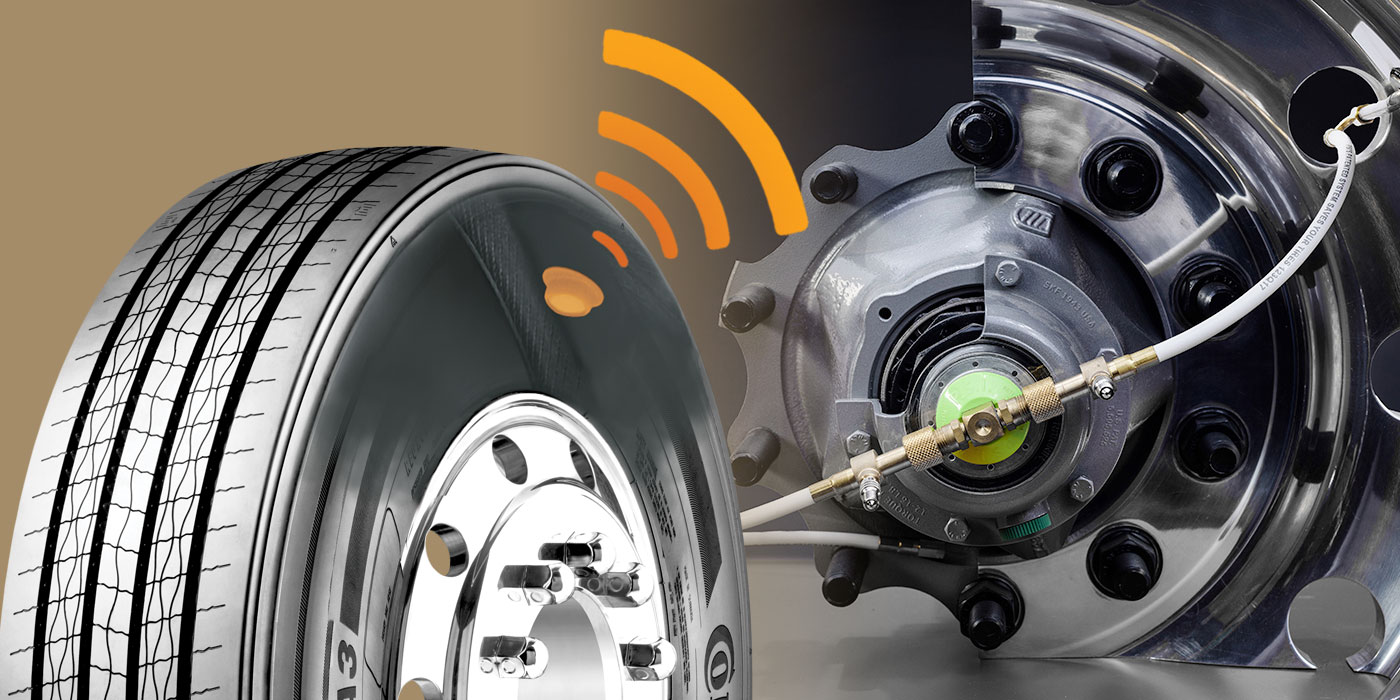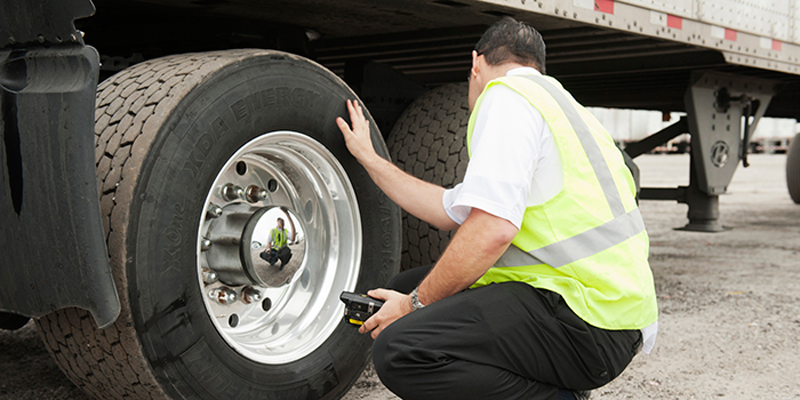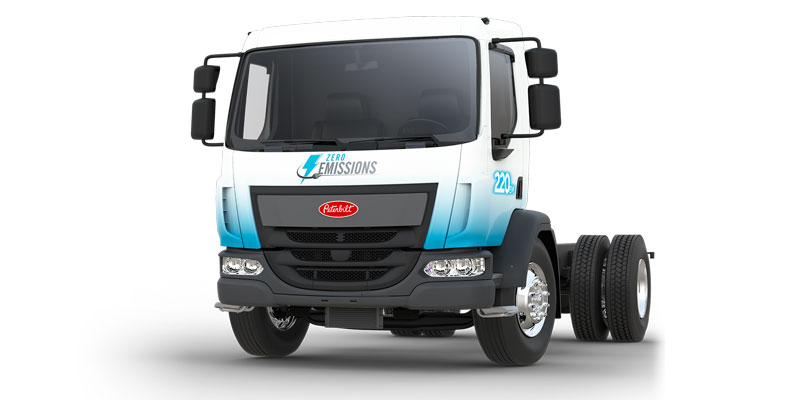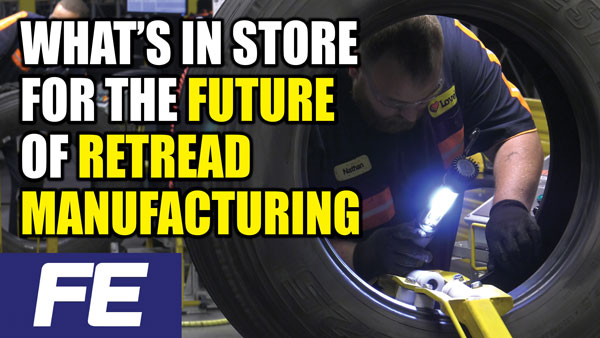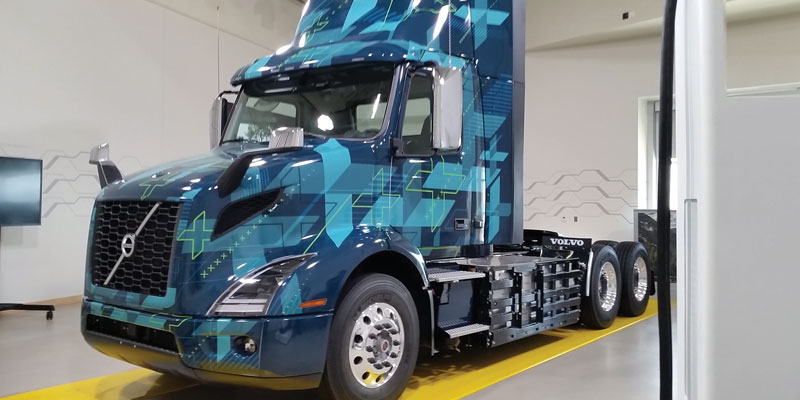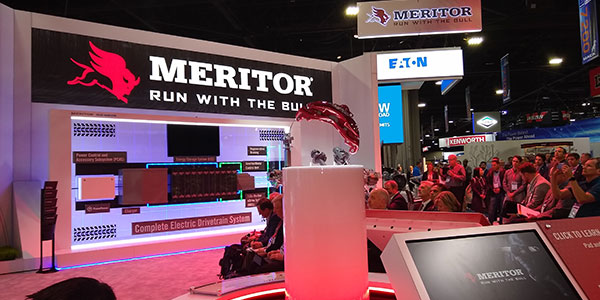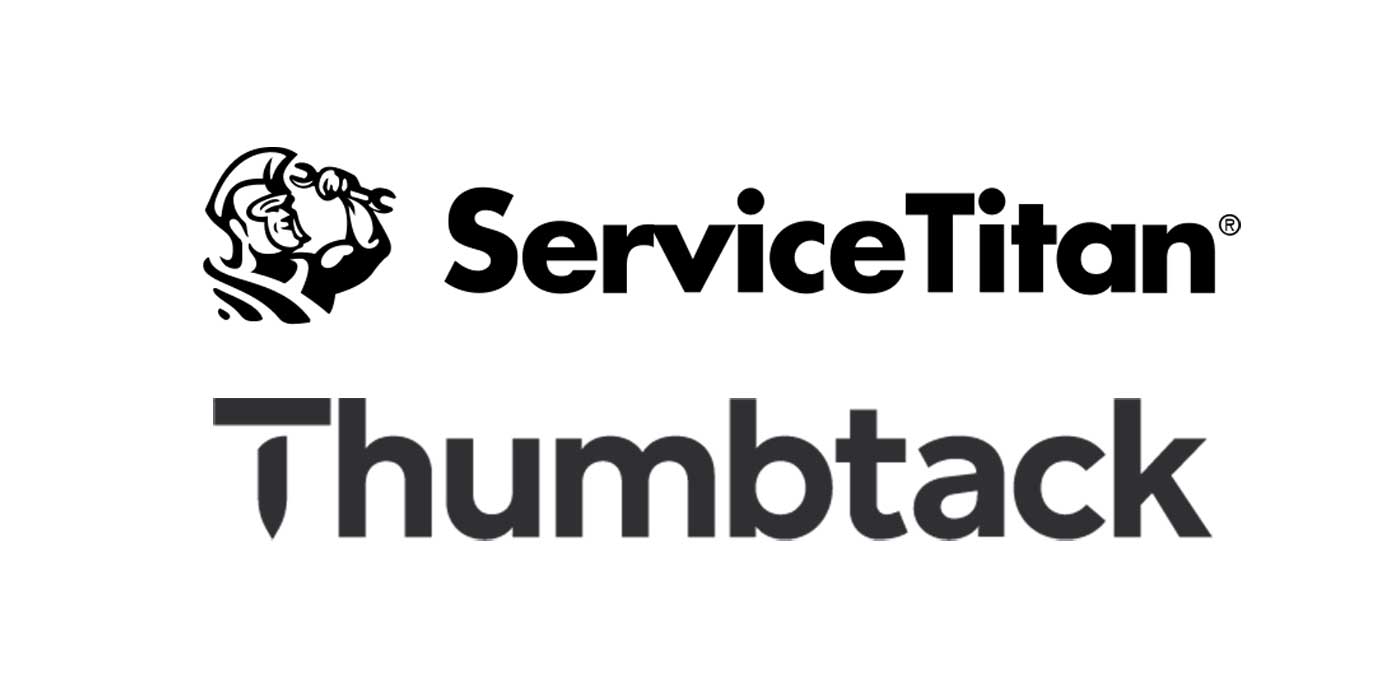The fluctuation of fuel prices has made it more challenging to operate day-to-day. Drivers get paid by the mile, and, when fuel costs go up, margins shrink, impacting how fleets profit and pay their employees. Intelligent technology can lessen the impact of high prices by improving overall fuel efficiency.
Here are four ways that AI in particular can help drivers and fleet managers save:
1. Improve driver efficiency
Optimizing driver behavior is essential to reducing fuel usage. Vehicle telemetry data from sensors such as GPS trackers and accelerometers can help provide an understanding of which driver’s driving style contributes to lower mileage. Even something as simple as using the data to eliminate unnecessary idling can make a difference. Each year, long-duration truck idling results in the following approximated figures:1 billion gallons of fuel consumption, 11 million tons of carbon dioxide (CO2), 180,000 tons of nitrogen oxides (NOx), and 5,000 tons of particulate matter (PM).
If a driver is going too fast or suddenly braking and accelerating, fuel consumption increases significantly. KeepTruckin’s analysis of driving patterns and behaviors shows there’s potential for up to 10% improvement in fuel efficiency from simply mitigating bad habits.
Once detrimental driving patterns are identified, fleet managers can develop a personalized coaching plan using alerts captured from the tracker, possibly augmented by video footage from a safety dashcam to correct the behavior.
2. Improve vehicle performance
Of course, vehicles have issues that can impact fuel efficiency too, from common items like tire underinflation to more specific maintenance items that can reduce the optimal efficiency of the engine. Visibility starts with identifying the vehicles that consume more fuel than others, independent of driver behavior. Those vehicles can be either fixed or replaced in the fleet.
Machine learning models applied on vehicle telemetry data can identify underlying mechanical needs and provide fleet managers with automated maintenance reminders. These alerts can help keep a fleet in top shape by catching issues before they occur and improving fuel consumption by 2-5%.
Proactive maintenance can also include dispatching the drivers to the nearest service center, especially when that happens far from home.
3. Reduce wasted miles
Route optimization is another opportunity for reducing fuel costs. Truckers are usually faced with long journeys that include traffic, closed roads and difficult weather. Using smart trip planners can help central dispatch identify when the driver will encounter these roadblocks and direct them through better and faster routes.
Plus, in long-haul, up to 20-25% of miles driven are empty miles, and while the data is less clear for local fleets, a substantial amount of wasted miles ensues. Fleet technology can help optimize routing and trip planning and keep trucks filled with minimal wasted miles between trips.
4. Dispatch to preferred fuel stops
Buying fuel for a commercial vehicle can be expensive, and most fleets resort to using fuel cards as a way for drivers to pay for fuel purchases. But when fuel prices are high, it’s important for fleet managers to guide drivers to the most affordable place to fill up. Central dispatch can use route planning to find out which stations have the lowest prices or the most discounts available for a particular driver’s fleet card. Then, they can notify drivers via messaging about the best place to fuel up.
Fuel prices are likely to be volatile for quite some time. Fortunately, ever-smarter intelligent technology can now help fleet managers mitigate costs and create a range of new efficiencies.


